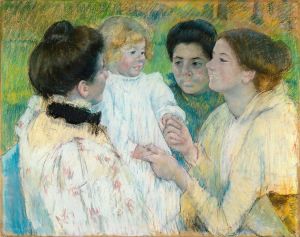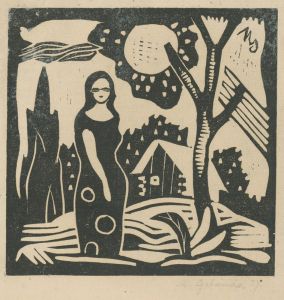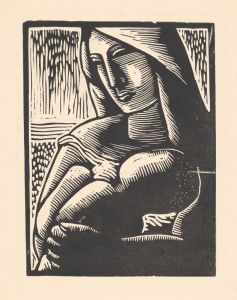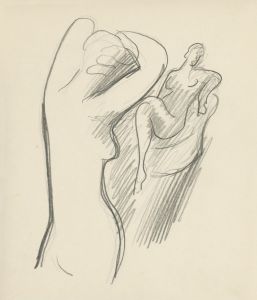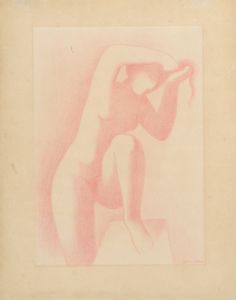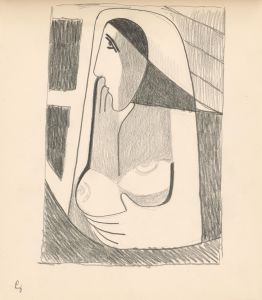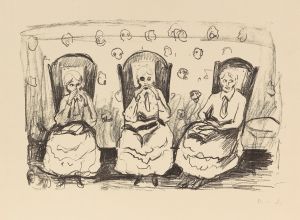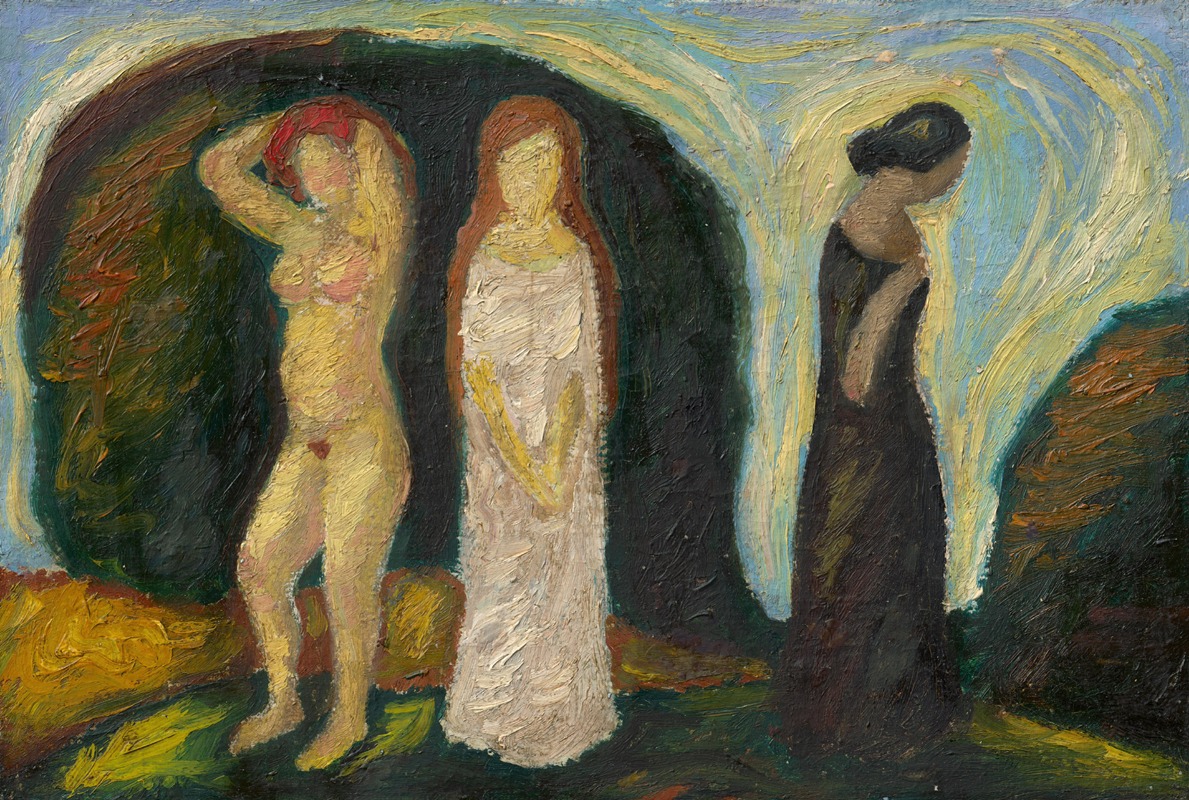
The Three Stages of a Woman’s Life
A hand-painted replica of Mikuláš Galanda’s masterpiece The Three Stages of a Woman’s Life, meticulously crafted by professional artists to capture the true essence of the original. Each piece is created with museum-quality canvas and rare mineral pigments, carefully painted by experienced artists with delicate brushstrokes and rich, layered colors to perfectly recreate the texture of the original artwork. Unlike machine-printed reproductions, this hand-painted version brings the painting to life, infused with the artist’s emotions and skill in every stroke. Whether for personal collection or home decoration, it instantly elevates the artistic atmosphere of any space.
Mikuláš Galanda was a prominent Slovak painter and illustrator, known for his contributions to modern art in Slovakia during the early 20th century. One of his notable works is "The Three Stages of a Woman’s Life," which reflects his unique artistic style and thematic focus. Galanda was a key figure in the development of Slovak modernism and was part of the "Generation of 1909," a group of artists who were instrumental in bringing modernist ideas to Slovak art.
"The Three Stages of a Woman’s Life" is a painting that exemplifies Galanda's interest in exploring human themes through a modernist lens. Although specific details about the painting's creation date and current location are not widely documented, it is recognized as part of Galanda's broader body of work that often depicted human figures and explored themes of life, identity, and existence.
Galanda's style is characterized by a synthesis of various modernist influences, including elements of Cubism, Expressionism, and Symbolism. His work often features simplified forms, bold colors, and a focus on the emotional and psychological aspects of his subjects. In "The Three Stages of a Woman’s Life," Galanda likely employed these stylistic elements to convey the universal themes of growth, maturity, and the passage of time.
The painting is believed to depict the different phases of a woman's life, possibly symbolizing youth, adulthood, and old age. This thematic exploration aligns with Galanda's interest in the human condition and his ability to capture complex emotions and narratives through visual art. By focusing on the stages of a woman's life, Galanda may have been commenting on the societal roles and personal experiences of women, a subject that was gaining attention during his time.
Galanda's contribution to Slovak art extends beyond his paintings. He was also an accomplished illustrator and graphic designer, and his work in these fields further demonstrates his versatility and commitment to modernist principles. His illustrations often appeared in Slovak publications, where he used his artistic skills to enhance literary and cultural content.
Throughout his career, Mikuláš Galanda remained dedicated to advancing modern art in Slovakia. His efforts helped pave the way for future generations of Slovak artists, and his work continues to be celebrated for its innovation and depth. "The Three Stages of a Woman’s Life" is a testament to Galanda's ability to blend form and content in a way that resonates with viewers and invites them to reflect on the complexities of human life.
While specific details about "The Three Stages of a Woman’s Life" may be limited, the painting remains an important part of Galanda's legacy and a significant example of early 20th-century Slovak modernism. Through his art, Galanda not only captured the essence of his subjects but also contributed to the broader dialogue of modernist art in Europe.





